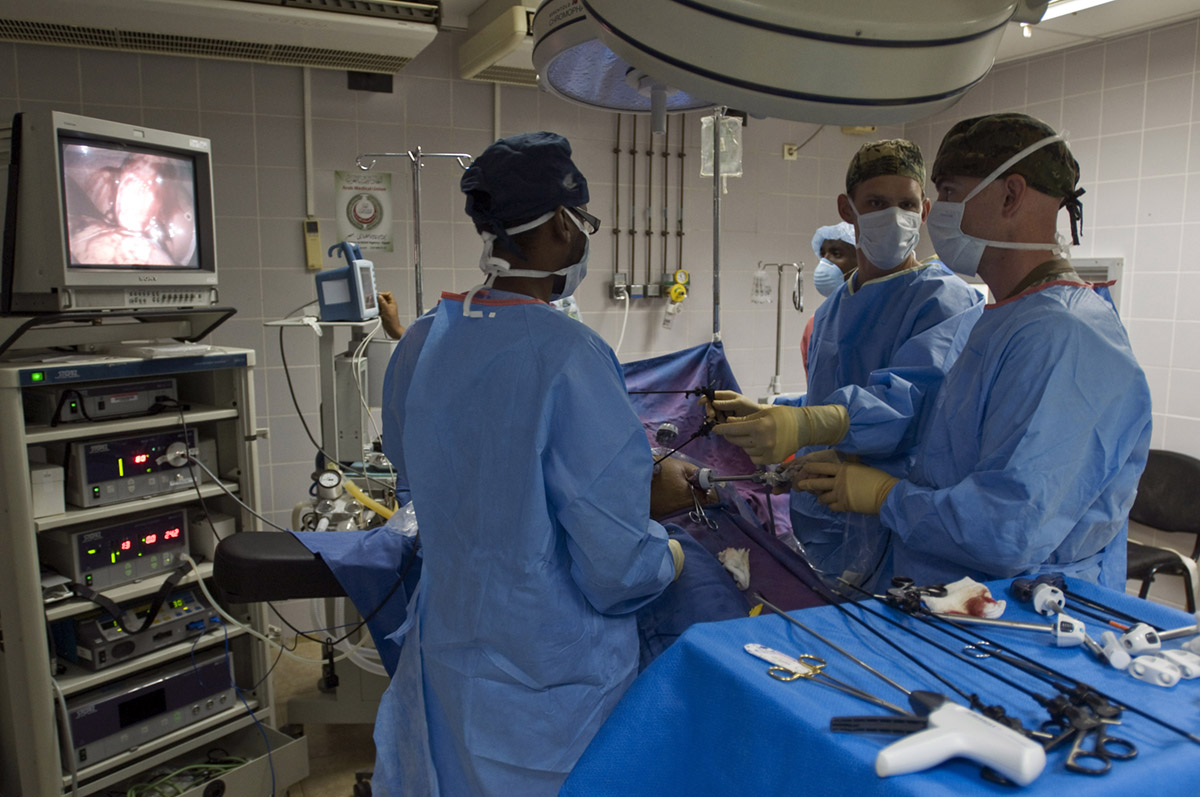
Cholecystectomy is a surgical procedure during which the gallbladder, a tiny organ located below the liver is removed. The main function of this organ is to collect and store bile, and release it into the small intestine when digestion of fat begins. So the gallbladder actually aids in the process of food digestion. Cholecystectomy is considered to be one of the most frequently performed surgical procedures and it generally does not carry significant risks. The surgery of this type is indicated in patients suffering from gallstones, those in whom the organ is inflamed and causes severe, repeated or persistent pain. Many times cholecystectomy must be performed immediately because a gallstone moves from the gallbladder and precipitates blockage somewhere in the bile duct.
Cholecystectomy Procedure
This surgery can be performed in two ways. The first way is called laparoscopic surgery and it involves a tiny video camera and certain surgical tools which are all inserted into the abdomen through small incisions. The camera is necessary for proper visualization of the inside of the abdomen and the surgical tools help surgeons to remove the gallbladder. This procedure is also called keyhole surgery. The other type of cholecystectomy is named open surgery but it is nowadays rarely performed. One of the main reasons why open surgery is not so popular is because it carries the risk of many complications which can be prevented with laparoscopic approach. Still, even during laparoscopic surgery complications are possible. In this case, what was initially keyhole surgery turns into open surgery. Depending on the chosen approach patients either leave the hospital the same day or remain hospitalized for a few days.
During open surgery there is a 5 to 7 inches incision and the patient will need to remain in the hospital for a period of up to three days. The recovery lasts longer even after discharge and it may take up to a couple of months in order for the patient to fully recover. Due to the size of the incision, the patient will have a subcostal scar on the right side of the abdomen. On the other hand, laparoscopic cholecystectomy is a preferred surgical procedure. It is not performed only if there are some contradictions. The surgeon makes a couple of small incisions through which he or she inserts the operating ports. These ports are small tubes shaped like cylinder and not bigger than 10mm in diameter. Through these operating ports the video camera and all surgical instruments are inserted inside of the abdomen.
Cholecystectomy is generally performed in people who are experiencing various problems related to gallstones. The surgery is indicated in situations when there are large gallstones in the gallbladder, gallstones in the bile duct (the ones that were initially in the gallbladder but have left it at some point), inflammation of the gallbladder or inflammation of the pancreas due to blockage of the common bile duct.
The patient can prepare him or herself for cholecystectomy by talking to the surgeon. He or she will advise the patient to drink a solution which will clean the intestines. Nothing should be eaten the night before the surgery. Certain medications and supplements should not be used before the surgery. In addition, the patient can even bathe using a certain antibacterial soap before the surgery.
Risk Factors of Cholecystectomy
First of all, those who are about to undergo cholecystectomy need to know that the chances of complications are not higher than 5%. There is not a lot of pain involved. Even if pain occurs after the surgery, it is easily brought under control with pain relieving medications. The healing process is relatively fast and the chances of infections and adhesions are extremely small when laparoscopic cholecystectomy is preformed. The scar which will remain will be practically invisible. However, just like with all surgical procedures, there are potential complication.
A certain complication which can occur and turn out to be serious is an injury to the common bile duct. The bile duct connects the gallbladder to the liver and if it gets injured, the bile may leak. This complication often leads to painful and dangerous infections. Minor injuries to the common bile duct do not require surgery but major injuries need to be repaired immediately.
Certain problems like abdominal peritoneal adhesions and gangrenous gallbladder may dapple vision during a laparoscopic procedure in which case the surgeon will need to switch to an open surgery for safer removal of the gallbladder. It is estimated that such problems occur in no more than 5% of surgeries.
Finally, there is always risk of bleeding at the incision site and postoperative skin infection of the operated area which may progress and even cause sepsis if bacteria enter the bloodstream. Fortunately, with the assistance of antibiotics which are administered prophylactically, infections after cholecystectomy practically occur in rare instances.





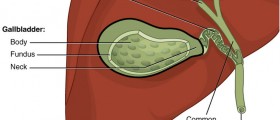
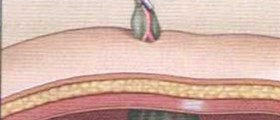
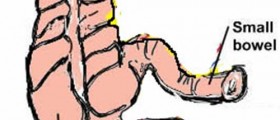






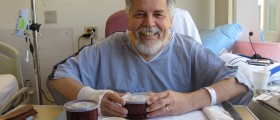

Your thoughts on this
Loading...